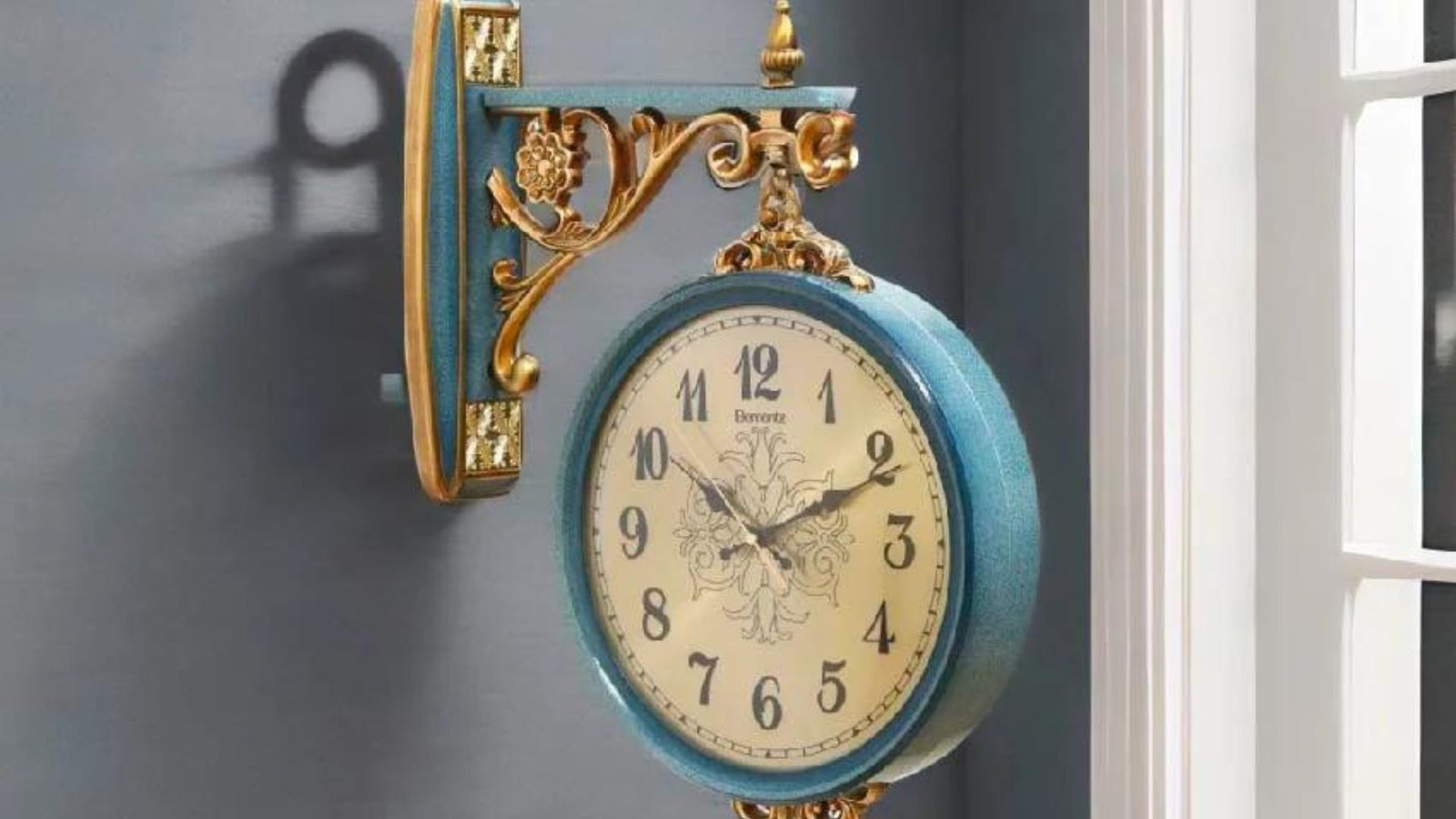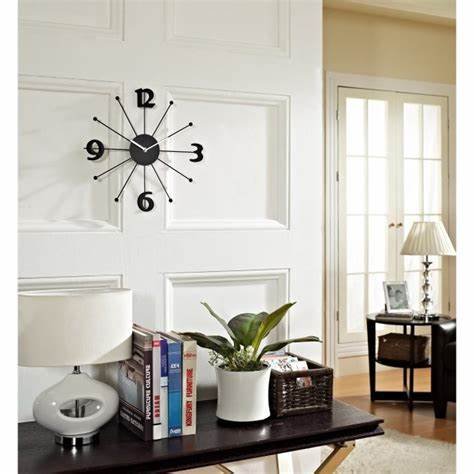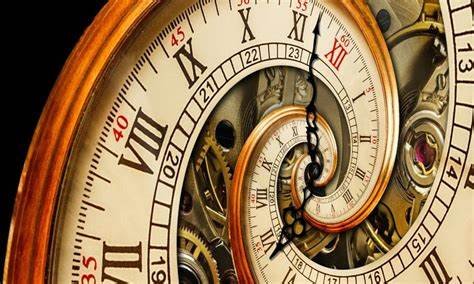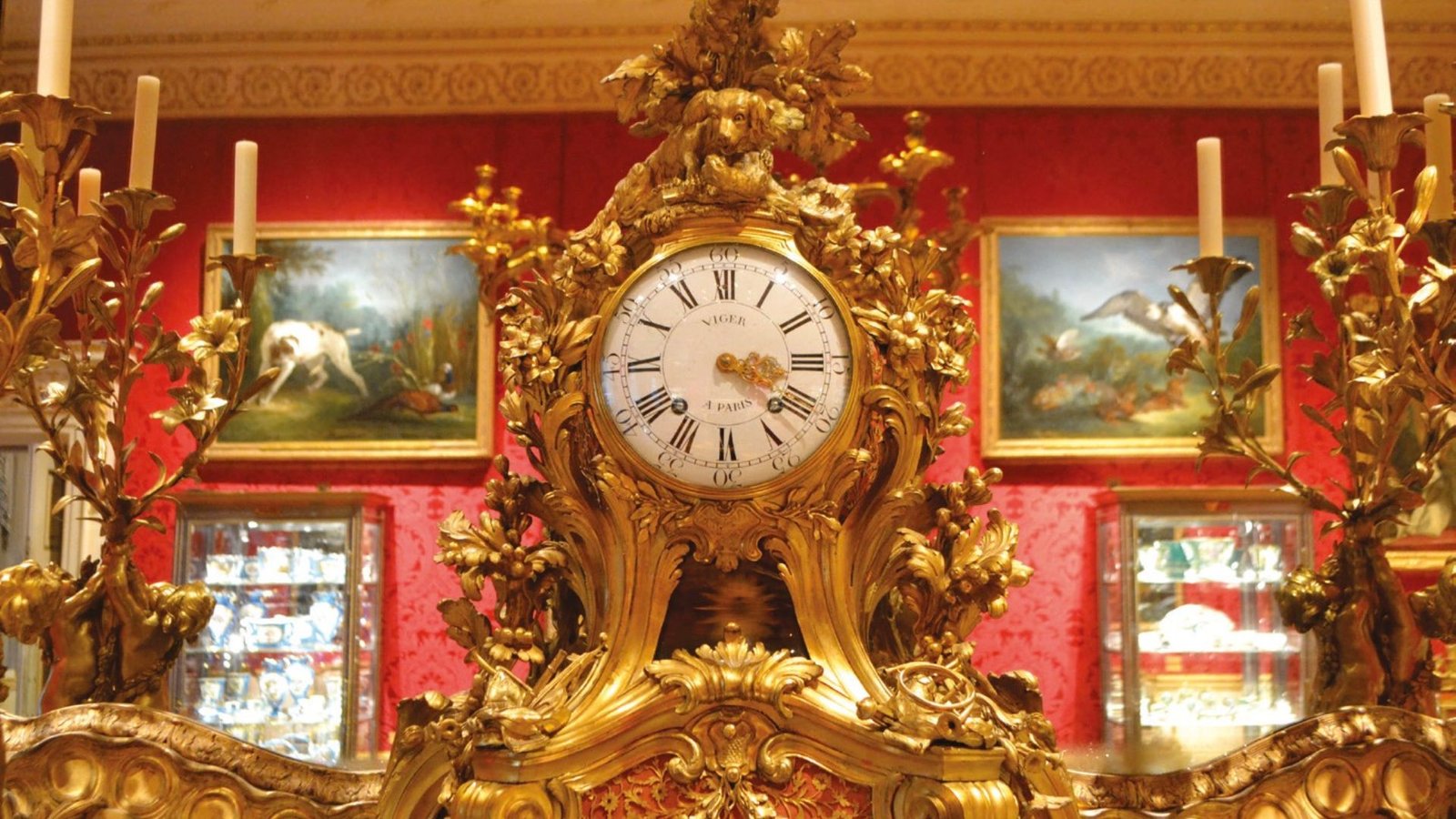Antique clocks, with their intricate craftsmanship and timeless elegance, have significantly influenced modern design across various fields. From interior decor to product design, the aesthetics and mechanics of antique timepieces offer a rich source of inspiration. This article explores how antique clocks impact contemporary design, blending historical charm with modern innovation.

Historical Aesthetic Appeal
Classic Designs:
- Elegance and Detail: Antique clocks are celebrated for their detailed craftsmanship and ornate designs. Features like intricate engravings, elaborate carvings, and luxurious materials such as mahogany and brass bring a sense of grandeur that modern designers often seek to incorporate.
- Influence on Modern Decor: These classic elements are frequently echoed in modern interior design, where designers use antique-inspired clocks to add a touch of historical sophistication. Reproductions and adaptations of these designs are common in contemporary homes, blending seamlessly with modern decor.
Architectural Integration:
- Restoration and Repurposing: Antique clocks are often restored and integrated into modern architecture. Large grandfather clocks or clock towers from historical buildings are repurposed to serve as focal points in modern spaces, maintaining their historical charm while serving contemporary functional needs.
Materials and Craftsmanship
Quality and Durability:
- Materials: Antique clocks are known for their use of high-quality materials like brass, glass, and wood. These materials, renowned for their durability and aesthetic appeal, continue to influence modern design. Contemporary designers often use similar materials to evoke a sense of timelessness and quality.
- Craftsmanship: The intricate craftsmanship of antique clocks sets a high standard for precision and detail. Modern designers draw inspiration from these techniques to create high-quality products that reflect the same attention to detail, from luxury watches to decorative wall clocks.
Incorporating Techniques:
- Artisanal Methods: Techniques such as hand-carving, enameling, and hand-polishing, once used in antique clockmaking, are now integrated into modern design. Artisans and manufacturers incorporate these traditional methods to enhance the visual and tactile appeal of modern timepieces.
Mechanical Innovation and Influence
Complex Mechanisms:
- Technical Inspiration: The intricate mechanisms of antique clocks, such as escapements, gears, and pendulums, inspire modern design in various ways. These mechanical innovations highlight the precision and engineering excellence that contemporary designers often aim to replicate.
- Functional Aesthetics: Modern designers and engineers study the mechanics of antique clocks to develop new timekeeping technologies. The elegance of visible gears and mechanisms in antique designs informs the aesthetic choices of modern clockmakers and watch designers, who often showcase intricate mechanisms as a design feature.
Modern Adaptations:
- Hybrid Designs: Many contemporary timepieces incorporate elements of antique clock mechanisms, blending traditional designs with modern technology. Hybrid designs often feature vintage-inspired aesthetics alongside modern functionalities, such as digital interfaces or quartz movements.
Design Trends Influenced by Antique Clocks
Revival of Vintage Styles:
- Industrial Chic: The industrial chic trend, which emphasizes raw materials and vintage design elements, often draws inspiration from antique clocks. The use of exposed metal, oversized gears, and retro finishes in modern decor reflects the influence of historical timepieces.
- Steampunk Aesthetics: Steampunk design, characterized by its fusion of Victorian-era styles with futuristic elements, heavily incorporates antique clock motifs. This genre celebrates the mechanical beauty of historical timepieces, integrating gears, cogs, and brass elements into modern fashion, furniture, and decor.
Timeless Elegance:
- Classic and Contemporary Fusion: Many modern designers aim to combine the timeless elegance of antique clocks with contemporary design principles. This fusion creates pieces that evoke a sense of history while remaining relevant to modern tastes, offering a bridge between past and present.
Collectibles and Contemporary Art
Design Inspiration:
- Art Installations: Antique clocks are often used as inspiration for contemporary art installations and sculptures. Artists and designers draw on the historical and mechanical beauty of these timepieces to create modern art that pays homage to their antique origins.
- Collectible Designs: Limited-edition and collectible timepieces frequently feature designs inspired by antique clocks. These modern pieces offer a blend of historical aesthetics with advanced technology, appealing to collectors and enthusiasts alike.
Restorations and Exhibitions:
- Showcasing History: Restored antique clocks are often featured in design exhibitions and museums, highlighting their influence on modern design. These exhibitions provide opportunities for contemporary audiences to appreciate the craftsmanship and historical significance of antique clocks.
Conclusion
Antique clocks continue to influence modern design through their classic aesthetics, high-quality materials, intricate craftsmanship, and mechanical innovations. By integrating elements of historical timepieces into contemporary design, modern creators pay tribute to the timeless appeal of these artifacts while adding their unique twist. The result is a harmonious blend of past and present that enriches both functional and decorative design.





Juanbingoph, a classic! Bingo is always a good way to unwind. Give it a try, who knows, you might get lucky. Play it here juanbingoph.
Been messing around on a5game lately. It’s got a few interesting things going on. Could be a good shout if you’re looking for something new a5game.
Aufpassen sollten Sie bei Freispielen, die wohl eine Mindesteinzahlung
voraussetzen. Sollten Sie mit diesem Bonusgeld etwas gewinnen, dürfen Sie sich die
Erlöse frei von Umsatzanforderungen behalten. Manchmal in Form
von Gratisguthaben, woanders erhalten Sie Freispiele.
Mit Freispielen kann das Casino ohne Geld aus der Tasche zu ziehen erkundet werden. Der Fokus liegt meist auf ausgesuchten Automaten, welche nicht unbedingt alle eine attraktive Auszahlungsquote vorweisen oder nicht mit besten Bonusspielen bestückt sind.
Freispiele bieten die Chance auf potenzielle Gewinne und
maximieren gleichzeitig das Spielerlebnis.
Sobald ihr euch dazu entschieden habt, einen Willkommensbonus
zu nutzen, wird eure erste Einzahlung entsprechend erhöht.
Daher erklären wir euch in diesem Abschnitt alles über
den Willkommensbonus, Freispiele, einen Bonus ohne Einzahlung und einem Free Play
Bonus. Wer das erste Mal in Online Spielotheken spielen will, wird daher leicht von den vielen Angeboten und Optionen erschlagen sein.
Ein Bonus ohne Einzahlung sofort bedeutet, dass du nach dem Anmelden ohne
Einzahlung sofort Bonusguthaben oder Freispiele erhältst.
Die Lizenzierung, die Vielfalt der Spiele, die angebotenen Zahlungsmethoden und
die Qualität des Kundensupports sind allesamt entscheidende Faktoren, die die Qualität eines Online Casinos ausmachen. Zunächst
haben wir erläutert, welche verschiedenen Arten von Casino Boni ohne Einzahlung
in der Welt der Online Glücksspiele auf dich warten. Spielerinnen und Spieler, die den Bonus ohne
Einzahlung auf mobilen Geräten nutzen, können daher im Vergleich zur Desktop-Version von einem reibungsloseren und benutzerfreundlicheren Spielerlebnis profitieren.
Dies erweitert die Palette der verfügbaren Boni und Promotionen und kann das Gesamterlebnis für diejenigen, die den Bonus ohne Einzahlung auf mobilen Geräten nutzen, erheblich verbessern. Die Nutzung eines Bonus ohne Einzahlung auf einem mobilen Gerät
kann zahlreiche Vorteile bieten, die das Spielerlebnis insgesamt bereichern.
References:
https://online-spielhallen.de/cosmo-casino-bewertung-ein-blick-hinter-die-sterne-des-glucksspiels/